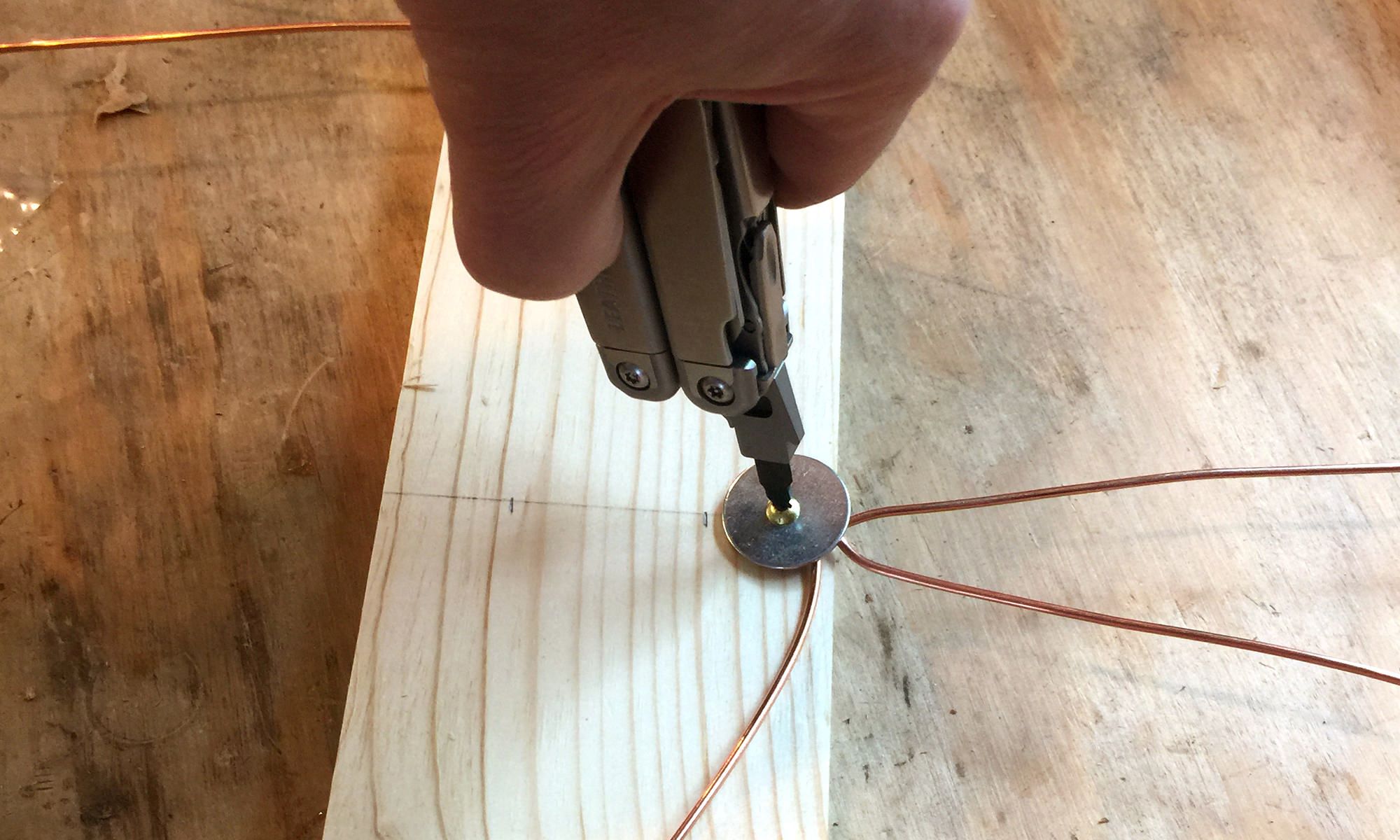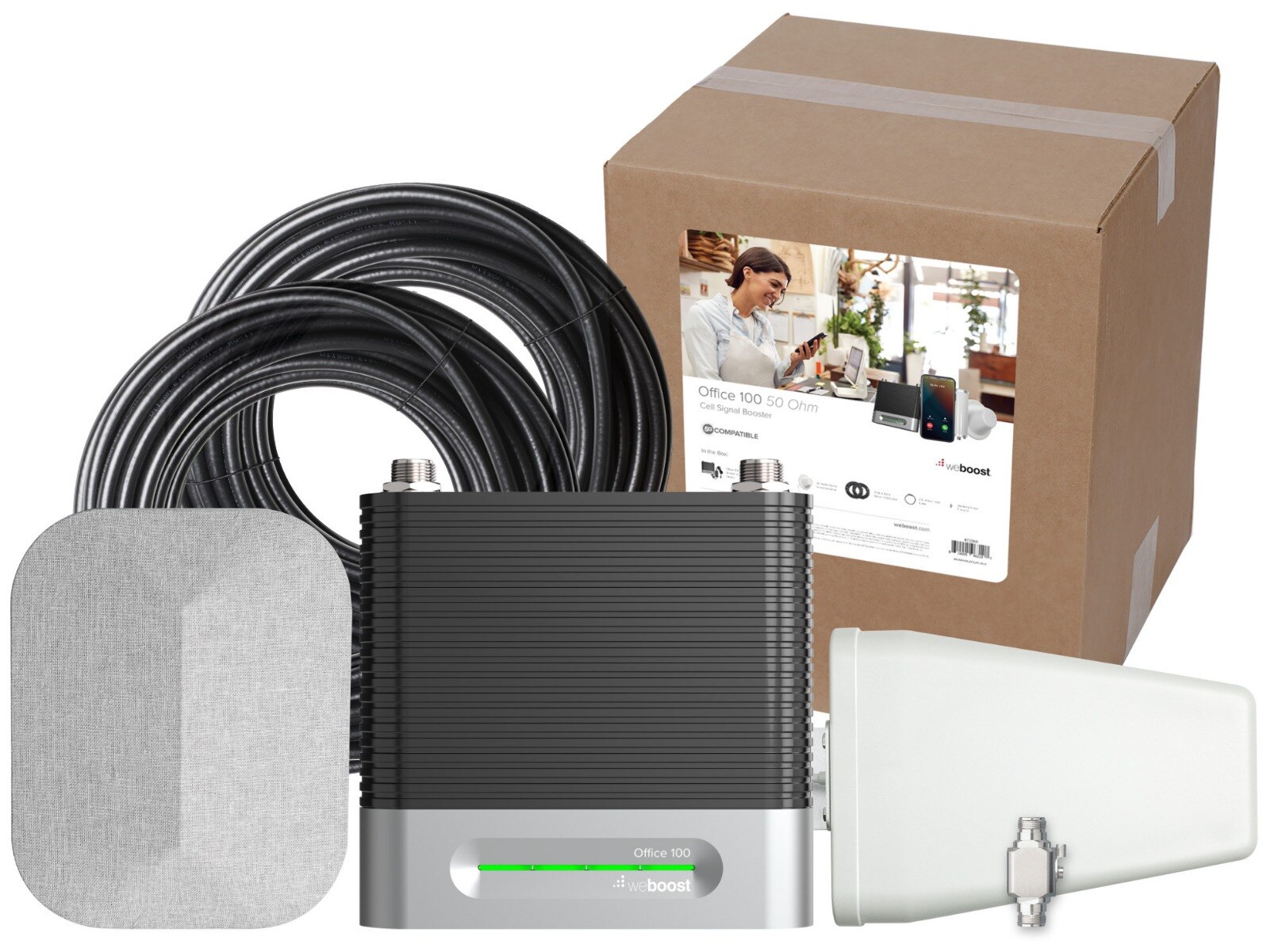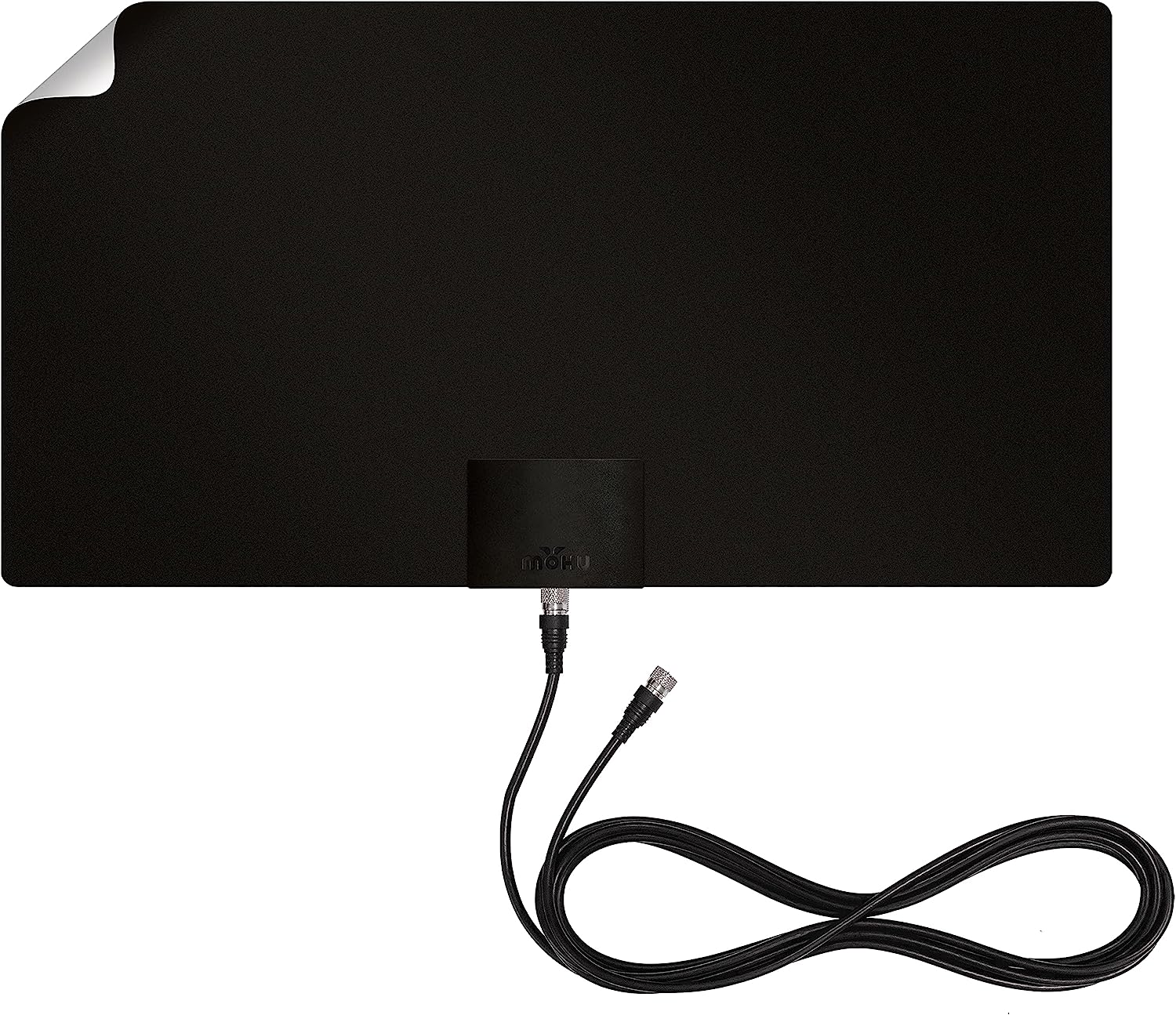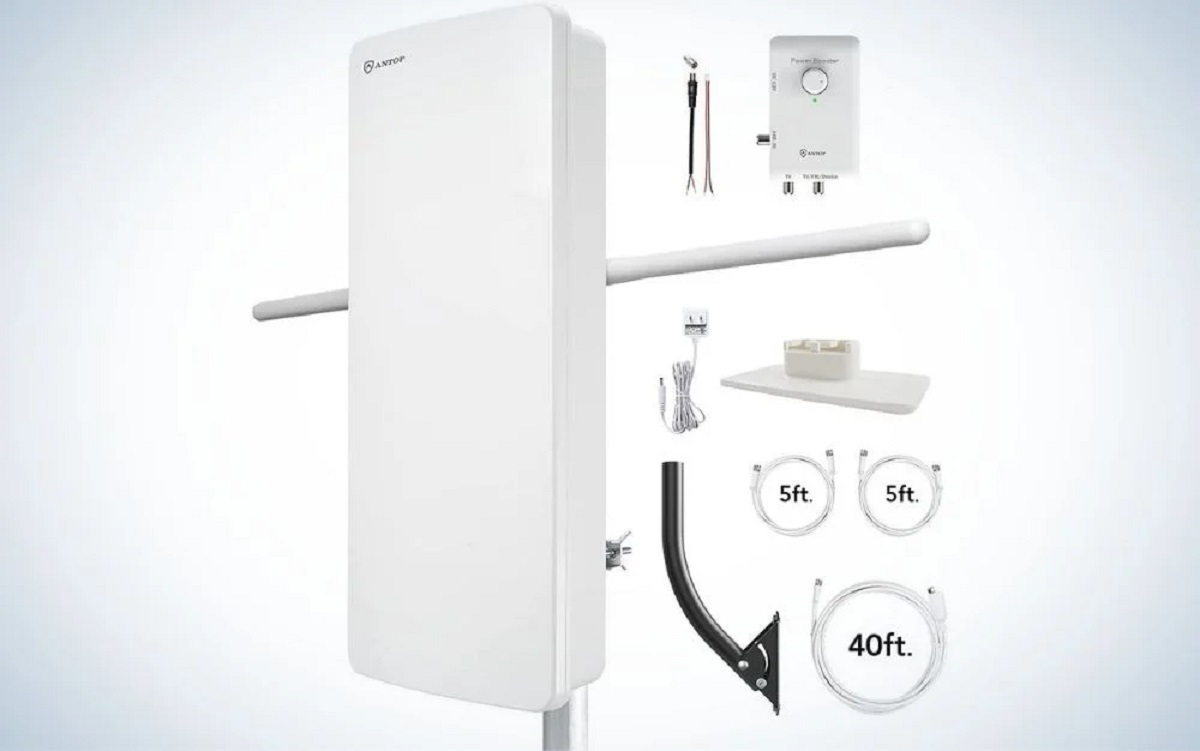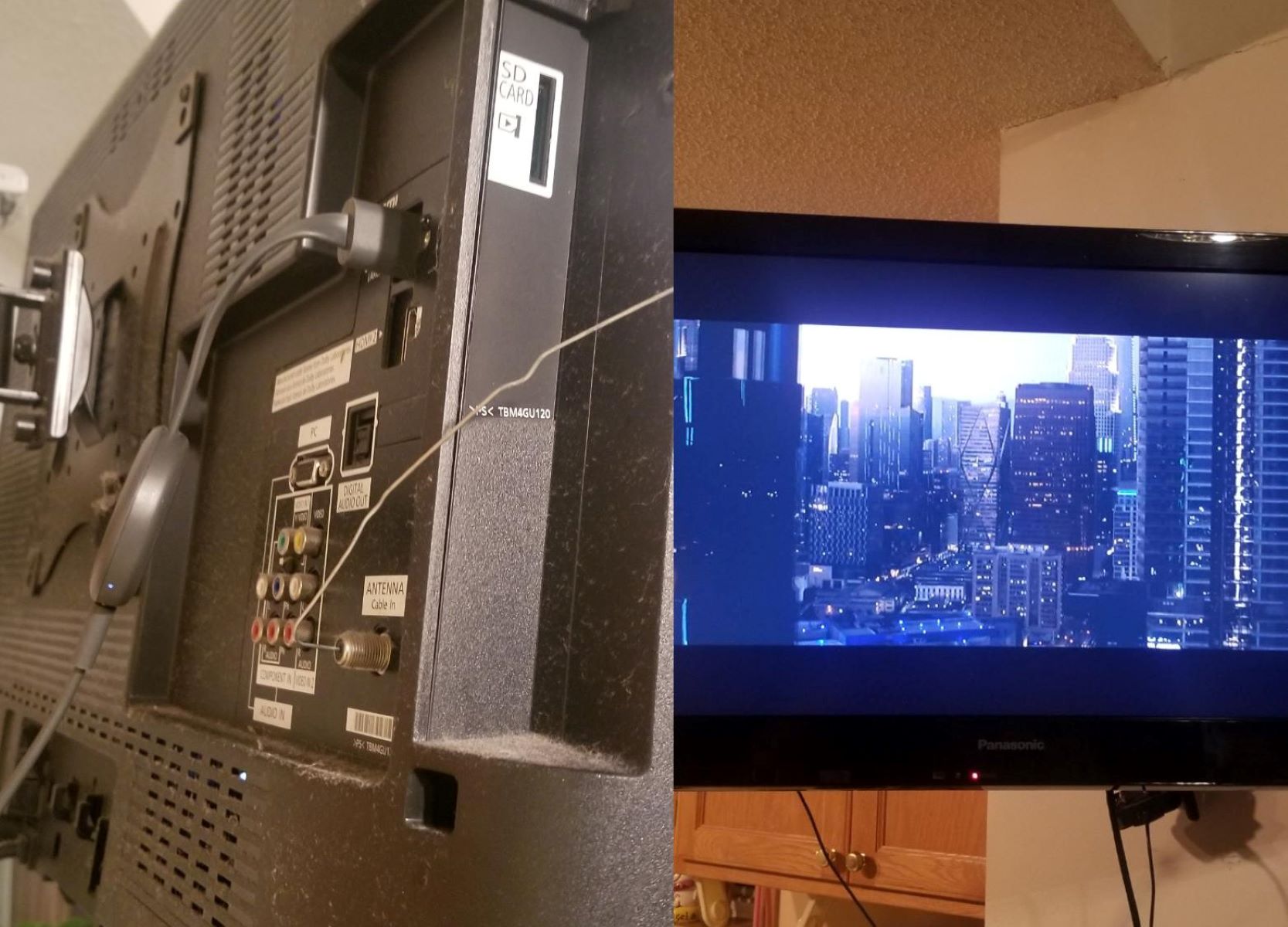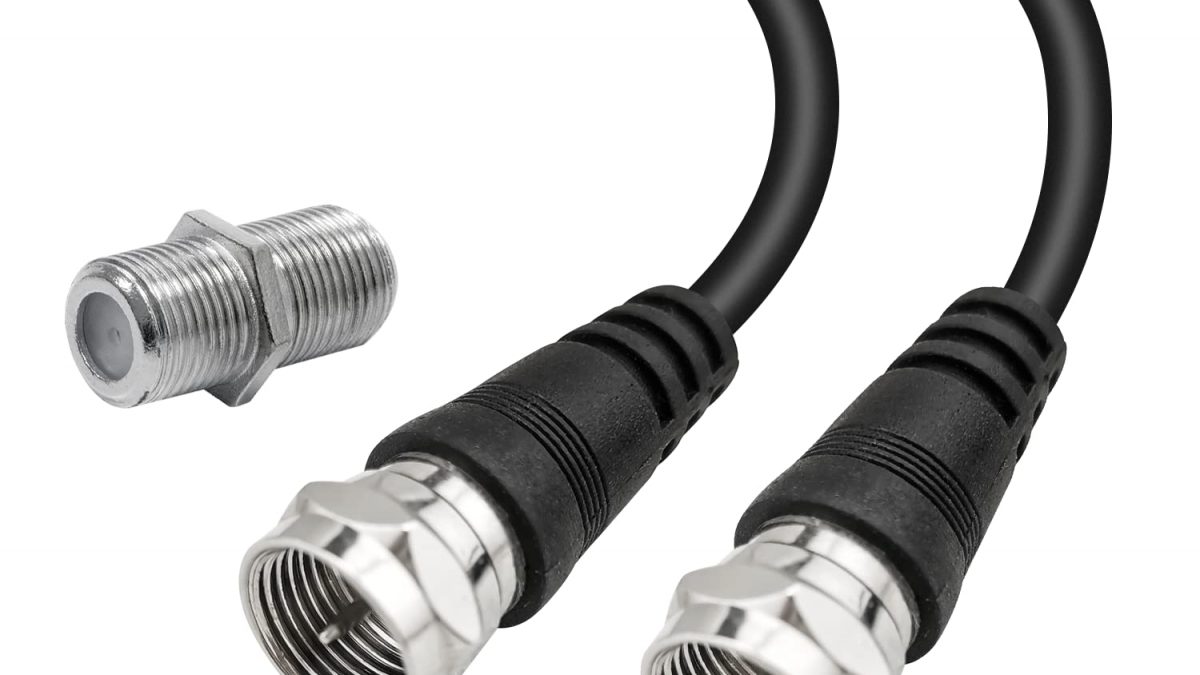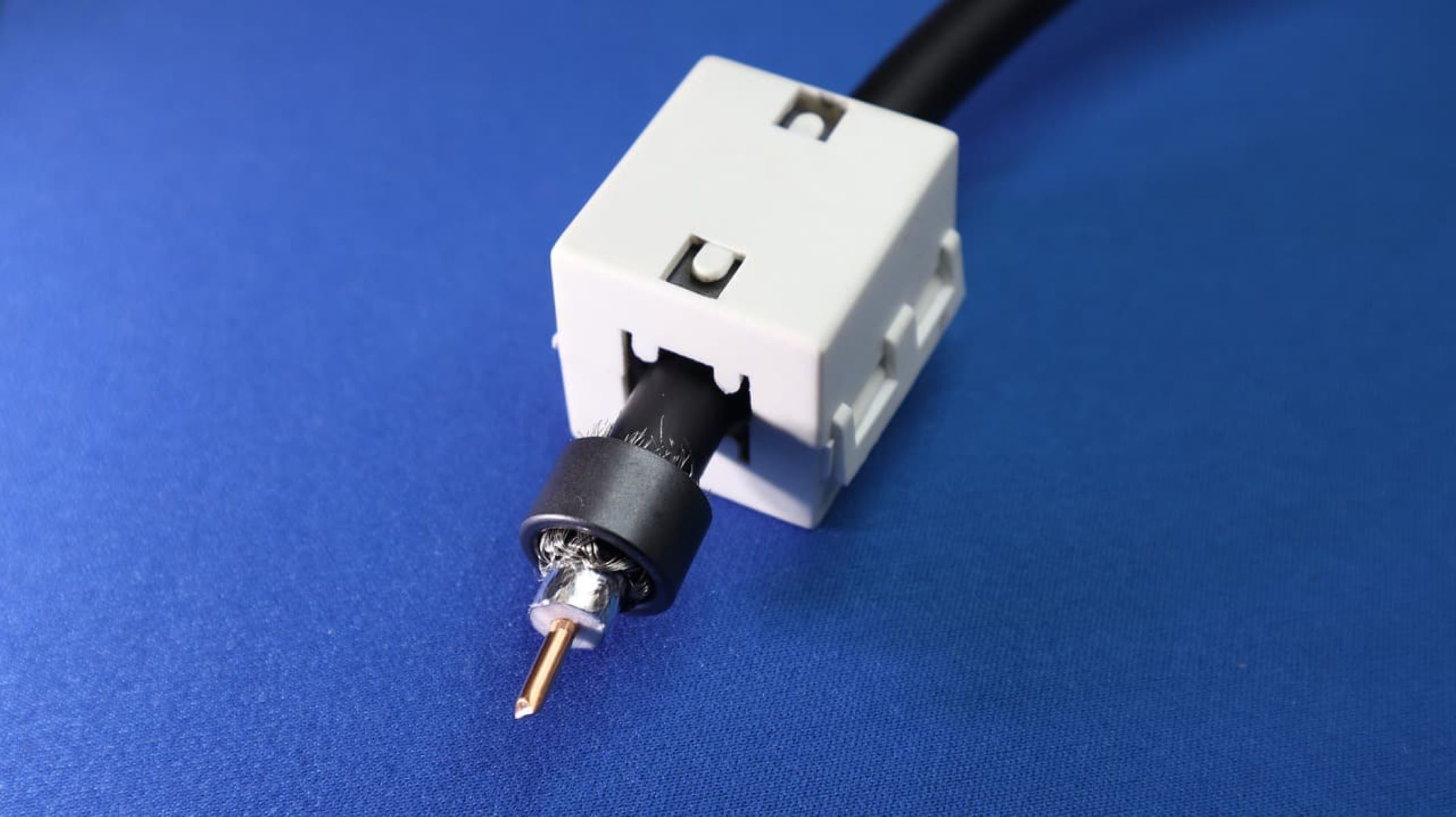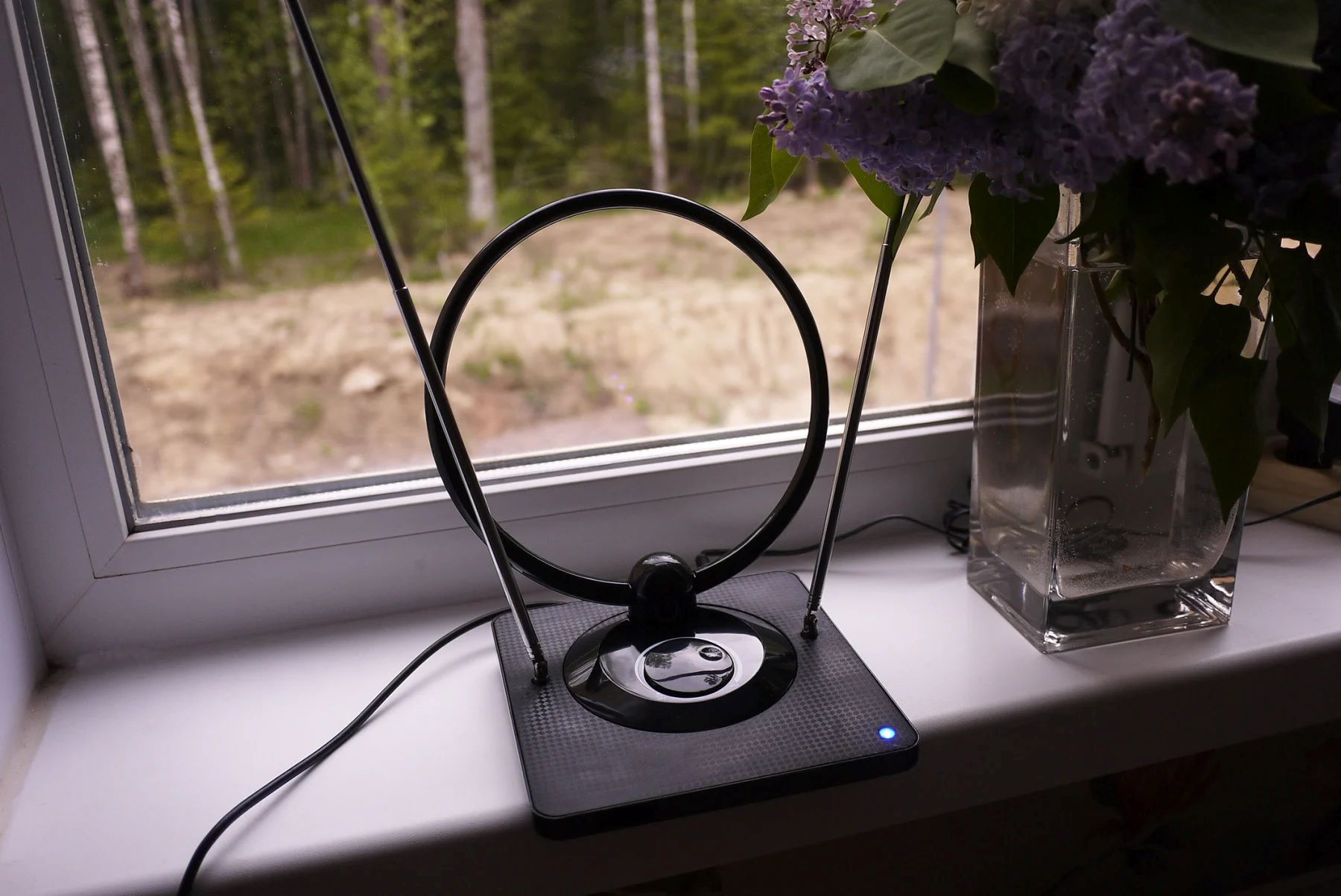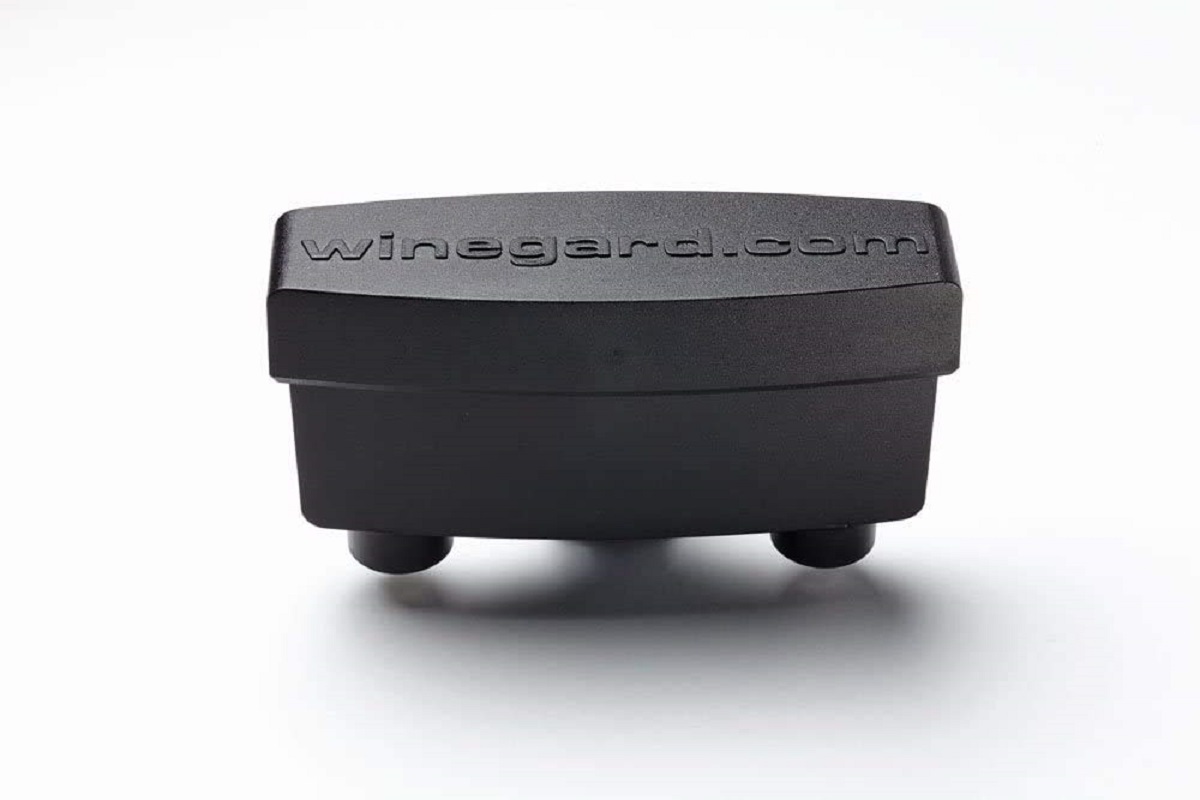Introduction
Are you frustrated with poor TV antenna signal reception? Do you constantly experience pixelation, distorted images, or signal dropouts while watching your favorite shows? Well, don’t worry! In this article, we will guide you on how to boost your TV antenna signal using homemade remedies.
Having a strong and stable TV antenna signal is essential for enjoying uninterrupted television viewing. However, factors such as distance from broadcasting towers, obstructions, and interference can weaken your signal and impact the quality of your viewing experience.
While you may consider purchasing a signal booster or professional antenna installation, these options can be expensive. Fortunately, there are several cost-effective DIY methods to enhance your TV antenna signal right at home.
In this comprehensive guide, we will walk you through the process of boosting your TV antenna signal using simple yet effective homemade techniques. We will cover everything from understanding the basics of antenna signals to building your own signal booster.
Whether you are a DIY enthusiast or someone looking to save money, this article will provide you with the knowledge and instructions you need to optimize your TV antenna signal. So, let’s dive in and get started!
Understanding the Basics of TV Antenna Signals
Before delving into the various methods to boost your TV antenna signal, it’s essential to understand the basics of how antenna signals work. Television signals are transmitted over the airwaves in the form of radio waves, and your TV antenna picks up these signals and converts them into the audio and video content you see on your screen.
The strength and quality of the TV signal can be affected by various factors, including distance from the broadcasting tower, the terrain in your area, obstructions such as buildings or trees, and electromagnetic interference.
When setting up your TV antenna, it’s crucial to consider the direction and elevation of the broadcasting tower. This information can be found online using websites or apps that provide signal mapping services based on your location. Pointing your antenna towards the tower and adjusting its height can significantly improve your signal reception.
The frequency band used for TV broadcasts varies depending on your location and the specific channels you want to receive. It’s important to choose an antenna with the appropriate frequency range to ensure compatibility with the channels you want to watch. VHF (Very High Frequency) and UHF (Ultra High Frequency) are the two common frequency bands used for television broadcasting.
Another important aspect to consider is the type of antenna you are using. There are different antenna designs available, such as rabbit-ear antennas, Yagi antennas, and omnidirectional antennas. Each type has its own strengths and weaknesses in terms of signal reception range and directionality.
Lastly, it’s worth noting that the quality of your TV antenna and coaxial cables can also impact signal reception. Investing in a high-quality antenna and using properly shielded coaxial cables can minimize signal loss and interference, resulting in a stronger and clearer TV signal.
By understanding these basics of TV antenna signals, you will be better equipped to troubleshoot signal issues and implement effective strategies to boost your antenna reception. In the following sections, we will explore specific methods to improve your TV antenna signal quality and strength.
Assessing the Signal Strength in Your Area
Before taking any steps to boost your TV antenna signal, it’s important to assess the signal strength in your area. This will give you a clear understanding of the existing signal conditions and help you determine the best course of action.
One of the easiest ways to assess signal strength is by using an online signal mapping service. These services provide information on nearby broadcasting towers, signal strength ratings, and recommended antenna orientations. Simply enter your location details, and the service will generate a signal strength report specific to your area.
Another option is to use a signal meter or a TV with a built-in signal strength indicator. These tools allow you to directly measure the quality of the signal received by your antenna. By moving your antenna and observing the signal strength on the meter or TV screen, you can identify the optimal antenna position for maximum signal reception.
When assessing signal strength, it’s important to consider the specific channels you want to watch. Different channels may have varying signal strengths and can require different antenna orientations. You may need to experiment with different positions and angles to achieve the best signal quality for all desired channels.
In addition to signal strength, it’s also important to check for interference sources in your area. Nearby sources of electromagnetic interference, such as power lines, cell phone towers, or other electronic devices, can degrade your TV signal. Identifying and minimizing these sources of interference can significantly improve signal quality.
Keep in mind that signal strength can also vary depending on weather conditions. Factors like rain, snow, and strong winds can affect signal reception, especially if your antenna is mounted outdoors. Monitoring signal performance during different weather conditions will help you determine if additional signal boosting techniques are necessary.
By accurately assessing signal strength and understanding the unique factors affecting your area, you will be able to make more informed decisions about how to optimize your TV antenna signal. In the next sections, we will explore practical methods to enhance signal reception and boost your TV antenna’s performance.
Clearing Obstructions in the Path of Your Antenna
One common reason for poor TV antenna signal reception is obstructions that block or weaken the signal. These obstructions can include buildings, trees, hills, and other physical objects that disrupt the line of sight between your antenna and the broadcasting tower.
To improve signal reception, start by identifying any obstructions in the path of your antenna. Take note of buildings, large trees, or geographical features that might be blocking the signal. It’s important to remember that even small obstructions can have a significant impact on signal quality, so thorough observation is key.
If possible, try to reposition your antenna to avoid these obstructions. Increasing the height of your antenna, either by mounting it higher or using a taller mast, can help overcome obstacles that are closer to the ground. In some cases, you may need to relocate your antenna to a different part of your property for a better line of sight to the broadcasting tower.
If moving the antenna is not an option, you can try trimming or pruning any trees or shrubs that are obstructing the signal path. By removing or reducing the foliage in the antenna’s line of sight, you can improve signal reception. However, be cautious not to damage any vegetation or compromise the structural integrity of trees.
In urban areas with tall buildings, it may be challenging to completely eliminate obstructions. In such cases, you can experiment with different antenna positions and orientations to find the optimal one that minimizes signal disruption. Rotating the antenna or using a multidirectional antenna can help capture signals from multiple directions, mitigating the impact of nearby obstructions.
Additionally, you can consider using signal reflectors or amplifiers to redirect or strengthen the signal. Reflectors are typically metal plates or screens placed behind the antenna, reflecting and focusing the incoming signal towards the antenna. Signal amplifiers, also known as preamplifiers or distribution amplifiers, boost weak signals before they reach your TV or other devices.
Overall, clearing obstructions in the path of your antenna is crucial for optimal signal reception. By identifying and addressing these obstacles, you can significantly improve the quality and strength of your TV antenna signal. In the following sections, we will explore positioning techniques and homemade signal boosters to further enhance your TV antenna’s performance.
Positioning Your TV Antenna for Maximum Signal Reception
Once you have cleared any obstructions in the path of your TV antenna, the next step is to position it correctly to maximize signal reception. Proper antenna positioning plays a crucial role in capturing and amplifying the television signal for optimal viewing.
The first thing to consider is the direction of the broadcasting tower. If you have already determined the location of the tower using a signal mapping service or a compass, point your antenna in that direction. Aligning your antenna with the broadcasting tower allows you to receive a stronger and more stable signal.
In some cases, multiple broadcasting towers may be present in different directions, especially if you are located between two major cities. In such scenarios, using a multidirectional antenna or a motorized rotator can help capture signals from different directions, ensuring better reception for various channels.
Another important aspect of positioning your TV antenna is the height at which it is mounted. In general, mounting the antenna as high as possible can improve signal reception, as it minimizes obstructions and allows for a clearer line of sight to the broadcasting tower. If you live in a multi-story building, consider placing the antenna on the highest floor or rooftop for optimal results.
Additionally, the type of antenna you are using can influence the positioning. Directional antennas, such as Yagi or log-periodic antennas, have a more focused reception pattern and should be pointed directly at the broadcasting tower. On the other hand, omnidirectional antennas can capture signals from all directions and require less precise positioning.
When mounting your antenna, ensure a secure and stable installation. Use sturdy mounting brackets or poles to avoid unnecessary movement or swaying that could disrupt the signal reception. If you are installing the antenna on a roof or high structure, take necessary safety precautions and consider hiring a professional for assistance.
Once the antenna is positioned, perform a channel scan on your TV or tuner to detect and store all available channels. This will allow you to assess signal strength and make any necessary adjustments to further optimize reception.
Remember, finding the perfect positioning for your TV antenna may require some trial and error. Don’t be afraid to experiment with different angles and heights to achieve the best signal reception. With proper positioning, you can enjoy clear and uninterrupted television viewing.
In the next sections, we will explore how to build a homemade signal booster and other techniques to further enhance your TV antenna signal.
Building a Homemade Signal Booster
If you’re looking for a cost-effective solution to boost your TV antenna signal, building a homemade signal booster can be a viable option. While professional-grade signal boosters are available in the market, creating your own booster using readily available materials can be a fun and rewarding DIY project.
One of the simplest homemade signal boosters you can construct is a “coaxial cable reflector” or “cantenna.” To make this booster, you will need a short length of coaxial cable, a tin can or aluminum foil, and basic tools such as wire cutters and electrical tape.
Start by carefully cutting the tin can or aluminum foil to create a parabolic shape. Make sure to leave a small opening at the center of the curve to attach the coaxial cable. Next, strip the coaxial cable at one end to expose the inner copper wire and the outer shielding. Connect the inner wire to the center conductor of the coaxial cable, and wrap the shielding around the outer conductor.
Attach the coaxial cable to the opening in the parabolic reflector, securing it with electrical tape. The reflector focuses and directs the TV signal towards your antenna, amplifying the received signal strength.
Another homemade signal booster option is a “wireless router signal booster.” If you have an unused wireless router lying around, you can repurpose it to boost your TV antenna signal. Start by connecting the unused router to a power source and connecting it to your TV antenna using an Ethernet cable.
Access the router’s settings and disable the wireless network functionality. Then, configure the router to act as a bridge or access point, extending the network from your primary router. This allows the unused router to help amplify the signal and ensure better reception for your TV antenna.
It’s important to note that these homemade signal boosters may not provide a significant signal boost compared to commercial-grade boosters. However, they can still provide some improvement in signal strength, especially in areas with marginal reception.
If you prefer a more powerful and specialized signal booster, consider purchasing a commercial-grade amplifier or consult a professional antenna installer. They can assess your specific signal needs and recommend the most suitable booster for your setup.
Next, we will discuss how to test and fine-tune your homemade signal booster to maximize the performance of your TV antenna signal.
Testing and Fine-Tuning Your Homemade Signal Booster
Once you have built and installed your homemade signal booster, it’s time to test and fine-tune its performance to optimize your TV antenna signal. Testing and fine-tuning are crucial steps to ensure that your booster is effectively enhancing the signal reception.
The first step is to perform a signal strength test before and after installing the booster. Use your TV or tuner’s signal meter to measure the signal strength of the channels you want to watch. Take note of the signal quality and strength readings for comparison later.
After installing the booster, rescan for channels on your TV or tuner to detect any improvements in signal reception. Compare the signal strength and quality readings with the previous test to determine if there has been an enhancement.
During the testing process, it’s important to move and adjust your antenna to find the optimum position for the booster’s effectiveness. Experiment with different angles and heights to achieve the best signal reception. Remember that the effectiveness of the booster may vary depending on the location, antenna type, and signal conditions in your area.
If you are not satisfied with the results, consider fine-tuning your homemade signal booster. You can try adjusting the size or shape of the reflector in the coaxial cable booster to optimize signal amplification. Small changes in the curvature or size of the reflector can impact the directionality and focus of the signal.
For the wireless router signal booster, make sure it is positioned closer to the antenna and away from any potential sources of interference. You can also experiment with different router placements to find the best configuration for your setup.
It’s important to note that while homemade signal boosters can help improve signal reception, their capabilities may be limited compared to professional-grade amplifiers. If you are still experiencing significant signal issues even after fine-tuning, it may be worth considering investing in a commercial amplifier or consulting a professional antenna installer.
Regularly monitor your TV antenna signal performance after installing the booster. If you notice any deterioration or changes in signal quality, check for any loose connections or damage to the booster components. Maintaining your signal booster and ensuring its proper functioning is essential for sustained signal enhancement.
In the next section, we will explore maintenance and troubleshooting tips to help you maintain a strong and reliable TV antenna signal.
Maintaining and Troubleshooting Your TV Antenna Signal
Regular maintenance and troubleshooting are vital for ensuring a strong and reliable TV antenna signal. By following some simple steps, you can prevent signal degradation and address common issues that may arise.
One important maintenance task is to regularly inspect your antenna system for any physical damage or loose connections. Check the cables, connectors, and mounting hardware to ensure they are tightly secured and in good condition. If you notice any signs of corrosion or wear, replace them promptly, as damaged components can negatively impact signal reception.
Additionally, inspect your antenna for any accumulated dirt, debris, or bird droppings. Gently clean the antenna using a soft cloth or brush, being careful not to damage any delicate elements. Keeping the antenna clean helps maintain optimal signal reception.
Weather conditions can also affect your TV antenna signal. Strong winds, heavy rain, or snowfall can cause misalignment or damage to your antenna. After severe weather, check your antenna to ensure it is still properly positioned and securely mounted. If necessary, make any adjustments or repairs to restore optimal signal reception.
If you experience sudden signal loss or degraded signal quality, it’s important to troubleshoot the issue. Start by checking all connections between your antenna and TV or tuner, ensuring they are secure and properly connected. Faulty or loose connections are a common culprit for signal problems.
Next, verify that your TV or tuner is tuned to the correct input or channel for receiving the antenna signal. Sometimes, accidentally changing the input or channel settings can lead to a loss of signal.
If you have multiple TVs or devices connected to the antenna, test the signal on each of them to determine if the issue is specific to one device or affecting all. This can help you narrow down the source of the problem and identify whether it’s related to the antenna, coaxial cables, or a specific device.
If you have followed all the troubleshooting steps and still experience signal issues, it may be necessary to consult a professional antenna installer or technician. They have the expertise and specialized equipment to diagnose and resolve complex signal problems.
Regularly monitor your TV antenna signal for any changes or degradation. By addressing issues promptly and performing routine maintenance, you can ensure a consistent and high-quality TV viewing experience.
To summarize, maintaining and troubleshooting your TV antenna signal is crucial for optimal performance. By following these practices, you can enjoy a reliable and strong signal, ensuring uninterrupted entertainment.
Conclusion
Boosting your TV antenna signal doesn’t have to involve expensive equipment or professional installation. With the right knowledge and simple homemade remedies, you can significantly improve your TV antenna’s performance and enjoy a clear, uninterrupted viewing experience.
Throughout this guide, we have explored the basics of TV antenna signals, assessed signal strength in your area, cleared obstructions, positioned your antenna for maximum reception, built a homemade signal booster, and tested and fine-tuned its effectiveness. We have also discussed the importance of maintaining your antenna system and troubleshooting common signal issues.
Remember to start by understanding the fundamentals of TV antenna signals, including distance, frequency bands, and antenna types. Assessing signal strength and identifying obstructions will help you strategize your signal enhancement efforts effectively.
By positioning your antenna correctly, whether by pointing it towards the broadcasting tower or using a multidirectional approach, you can optimize signal reception and minimize interference. Moreover, building a homemade signal booster provides a cost-effective solution to boost your TV antenna signal, and testing and fine-tuning the booster’s performance ensures optimum results.
Maintaining your antenna system and troubleshooting any issues that arise are essential for a consistent and high-quality TV viewing experience. Regularly inspecting the antenna, cleaning it, and checking connections will help prevent signal degradation and address common problems.
While DIY methods can be successful in enhancing TV antenna signals, it’s important to note that commercial-grade amplifiers and professional installation may offer greater signal enhancement, especially in areas with challenging reception conditions.
By implementing the tips and techniques shared in this guide, you can boost your TV antenna signal right at home and enjoy improved signal strength and quality for all your favorite shows and channels.
So, take charge of your TV antenna signal, follow the steps outlined, and elevate your TV viewing experience to new heights!







